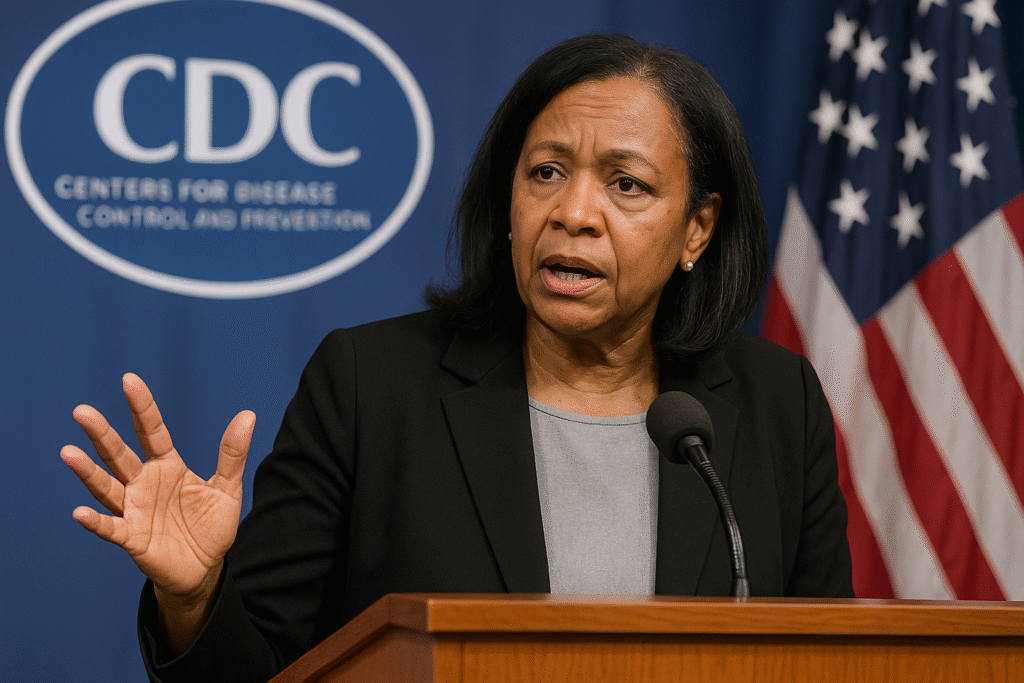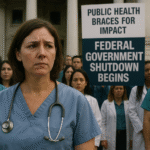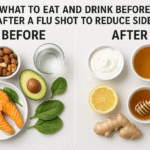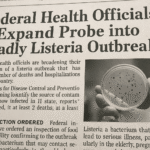By Harshit | October 8, 2025 | Washington, D.C. | 2:00 AM EDT
CDC Acting Director Pushes for Separate Shots
The debate over childhood vaccines reignited Monday when Jim O’Neill, acting director of the U.S. Centers for Disease Control and Prevention (CDC) and deputy secretary of the Department of Health and Human Services (HHS), called on vaccine manufacturers to develop standalone shots for measles, mumps, and rubella.
In a post on X, O’Neill urged companies to “break up the MMR shot into three total separate shots,” echoing comments made by President Donald Trump on September 26. The president did not provide a reason for his stance, but O’Neill’s endorsement has drawn sharp criticism from vaccine experts.
The CDC itself, on its official website, clearly states that “no published scientific evidence shows any benefit in separating the combination MMR vaccine into three individual shots.”
What the MMR Vaccine Does
The MMR vaccine, first approved in the United States in 1971, protects against three highly contagious diseases — measles, mumps, and rubella. Public health officials credit it with nearly eliminating these diseases from the U.S. population.
According to CDC data, side effects of the MMR shot are generally mild, such as fever, rash, or soreness, and are comparable to those seen when the vaccines are given separately.
Pharmaceutical companies argue that combination vaccines make the immunization process easier. “By reducing the number of separate injections required, combination vaccines allow for a simpler and more efficient process, which is essential for timely protection against disease,” GlaxoSmithKline (GSK), one of two approved MMR manufacturers in the U.S., said in a statement.
Health Officials Warn Against Splitting Shots
Medical experts have pushed back strongly against O’Neill’s call for separate shots. Dr. Paul Offit, a pediatric vaccine specialist at Children’s Hospital of Philadelphia and former CDC vaccine advisor, dismissed the proposal as unnecessary and potentially harmful.
“Separating the MMR vaccine into three shots would not make that vaccine safer,” Offit said. “It would just make it more expensive and less likely to be used.”
Experts warn that requiring multiple separate injections could discourage compliance, delay immunizations, and leave children at risk for longer periods.
Merck, the other major MMR manufacturer, emphasized that there are currently “no approved U.S. monovalent measles, mumps, or rubella vaccines.” The company said it continues to focus on producing the combination vaccine “to meet the public health and medical need for vaccination against measles, mumps, and rubella.”
HHS Defends Position
Despite the criticism, officials at HHS defended the idea as expanding parental choice. Andrew Nixon, communications director at HHS, told CNN that “standalone vaccinations can potentially reduce the risk of side effects and maximize parental choice in childhood immunizations.”
However, Nixon did not provide scientific evidence to back the claim. The CDC maintains that studies consistently show side effects of combination vaccines are mild and equivalent to those from separate shots. Critics argue that the administration’s emphasis on “parental choice” reflects political pressure rather than medical science.
Historical Context and Vaccine Misinformation
The debate also revives memories of the most infamous MMR vaccine controversy in modern history. In 1998, former British physician Andrew Wakefield published a now-retracted paper in The Lancet falsely suggesting a link between the MMR vaccine and autism. The study was later discredited as fraudulent, and Wakefield was stripped of his medical license.
Nonetheless, the myth triggered widespread vaccine hesitancy in the early 2000s and contributed to falling vaccination rates in parts of the U.S. and Europe. Public health experts worry that reopening debate about splitting the MMR shot could reignite similar fears, undermining decades of public health progress.
Stakes for Public Health
Public health officials stress that combination vaccines like MMR are crucial to achieving high vaccination coverage. Splitting the vaccines could increase costs, lower compliance, and reduce efficiency — leaving children exposed during delays in the immunization process.
With measles outbreaks already on the rise in the United States due to declining vaccination rates, experts warn that undermining public confidence in the MMR combination could have dangerous consequences.
“Combination vaccines are one of the most effective tools we have for preventing childhood illness,” Offit emphasized. “The science is clear: separating them serves no medical purpose.”
Outlook
The renewed push to split the MMR vaccine has deepened the ongoing MMR vaccine controversy, placing politics and parental choice at odds with decades of scientific consensus. While O’Neill and HHS suggest greater flexibility for families, health officials caution that the risks of reduced compliance and renewed outbreaks far outweigh any perceived benefit.
As the debate continues, the broader challenge for public health will be countering misinformation, maintaining trust in vaccination, and ensuring that policy decisions remain grounded in science rather than politics.







